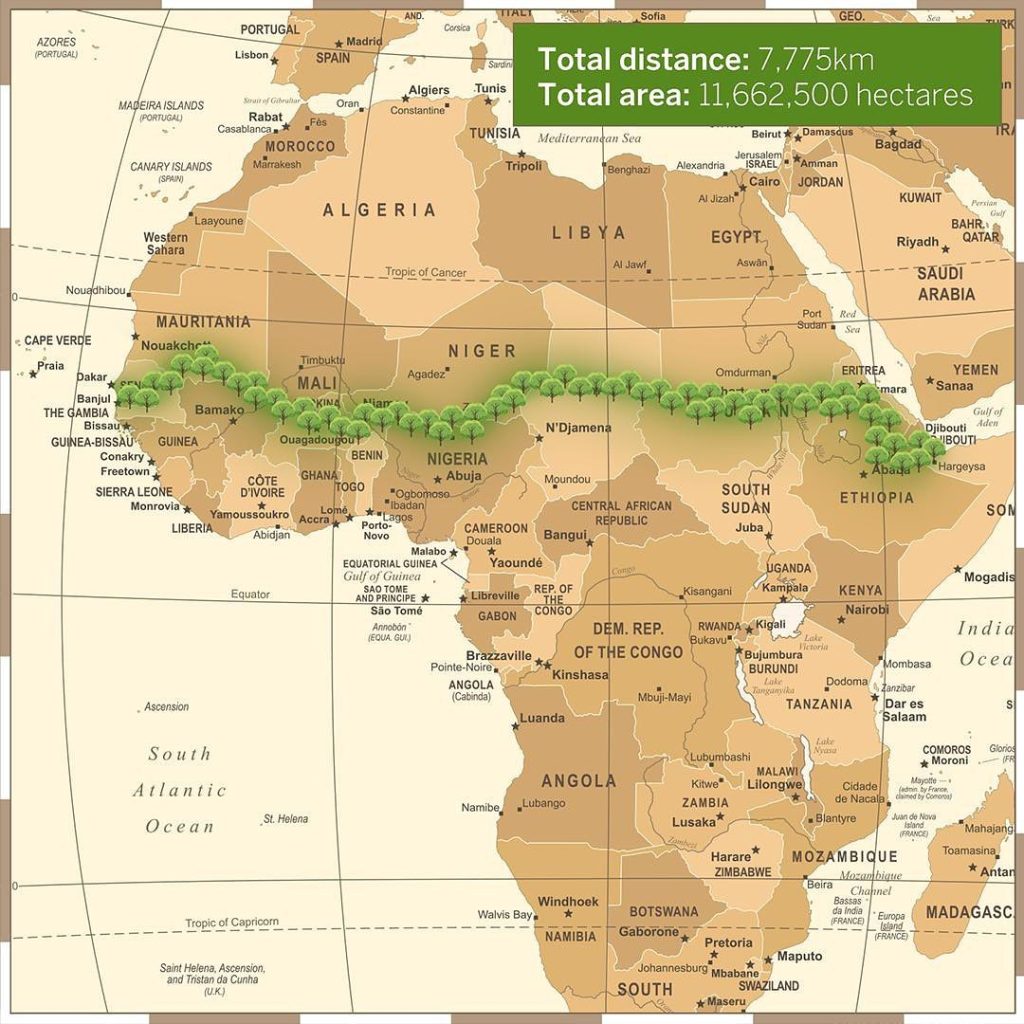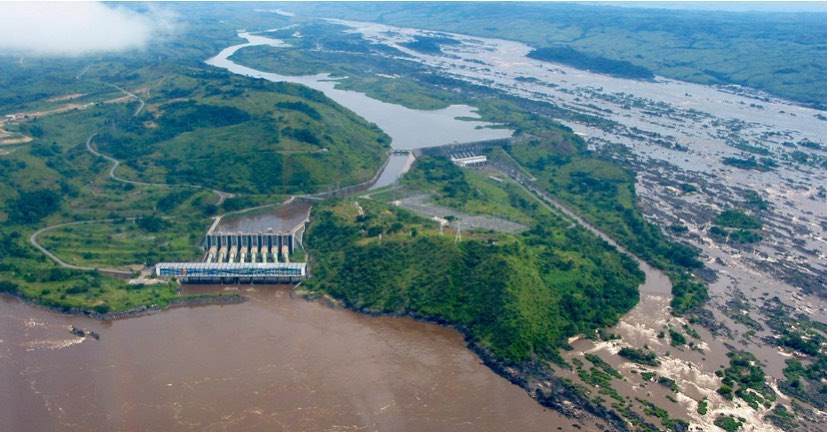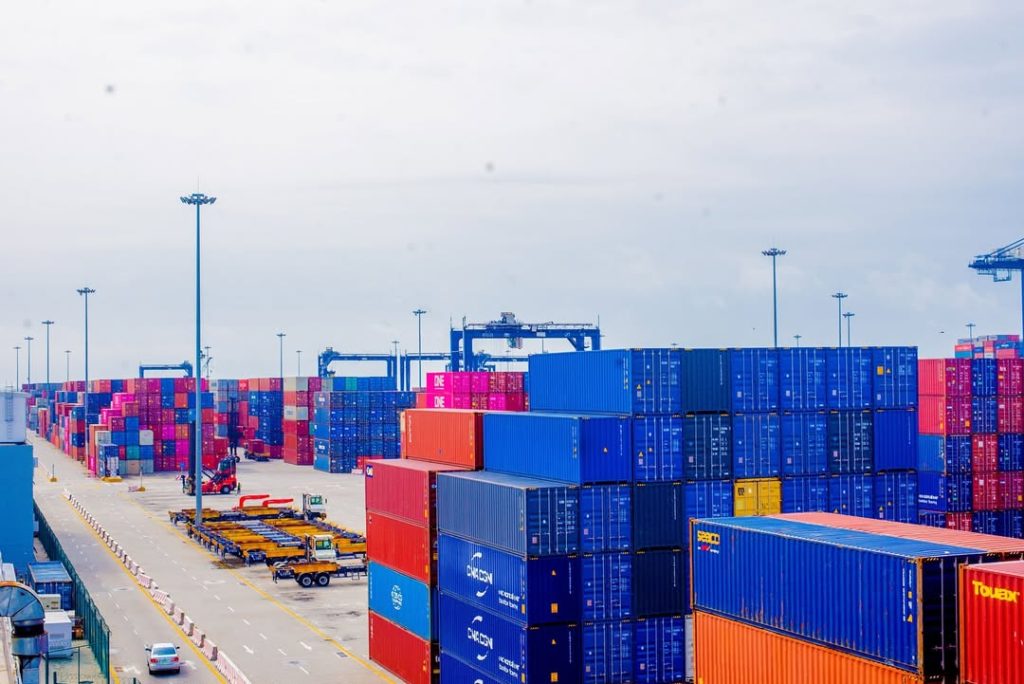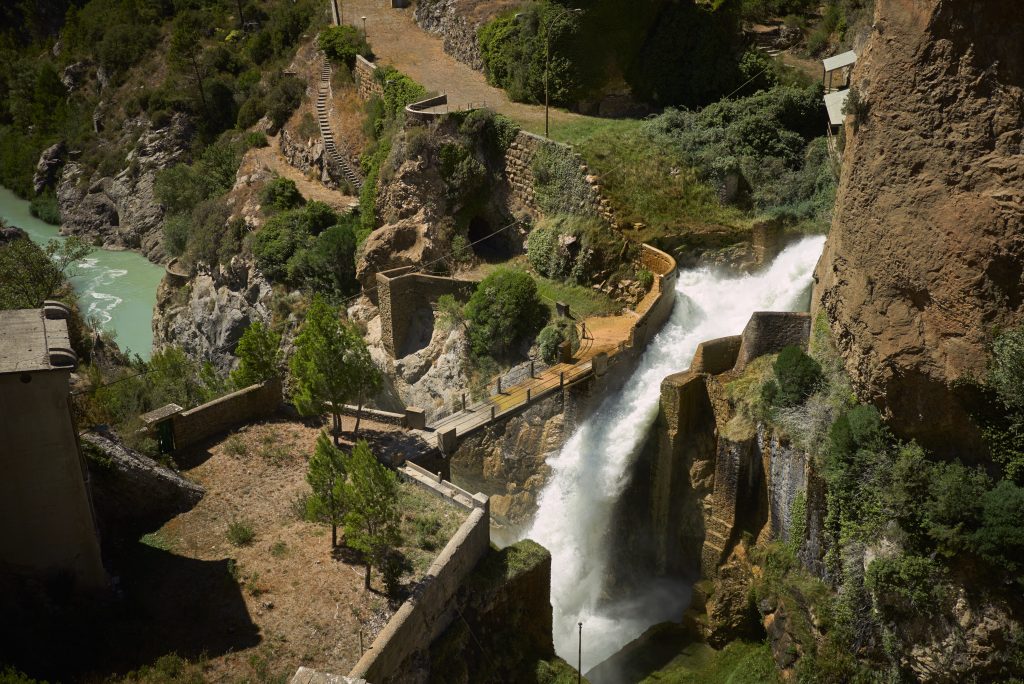Opportunities for interns, transitioners, in-house ESG teams and consultants
Africa is in the middle of a new infrastructure wave. Ports, rail corridors, mega-dams, LNG plants and new cities are being planned, financed or built — and each one creates openings for people who understand sustainability.
In this blog post, we’ll explore five high-impact mega projects that are active in 2025, what they are, and clear, practical roles sustainability professionals can play if they want to get involved.
Quick note: This post highlights current projects and practical entry points for sustainability practitioners. If found useful, check authoritative updates so you can follow progress and reach out to project teams.
The Sustainability Imperative: A Foundation for Progress
For decades, large-scale infrastructure projects were measured almost exclusively by their economic returns and engineering feats. But a profound change has occurred.
Global investors, international organizations, and even local communities now demand that development be socially equitable, environmentally sound, and economically viable in the long term. This is the essence of ESG principles.
Today, a project’s bankability and public acceptance depend on a good sustainability plan. This means comprehensive planning, from the initial Environmental and Social Impact Assessments (ESIAs) to ongoing monitoring of carbon emissions, biodiversity impact, labor conditions, and community engagement.
The stakes are high. Poorly executed sustainability strategy can lead to costly delays, reputational damage, and even project cancellation.
Conversely, strong ESG integration leads to great projects that attract better financing, build trust with stakeholders, and deliver lasting value far beyond their completion date.
This new reality is what makes these mega-projects so ripe with opportunities for sustainability professionals.
Now, let’s explore some of Africa’s most transformative mega-projects and the specific opportunities they present.
1. The Great Green Wall Initiative

Project Overview: Often called the “eighth wonder of the world,” the Great Green Wall is a monumental land restoration project spanning the entire continent, from Senegal to Djibouti. While it began in 2007, the project is a multi-decade effort with the ambition to restore 100 million hectares of degraded land and create 10 million jobs by 2030.
Opportunities:
- For Professionals and ESG Teams: You could work as a Project Manager overseeing restoration efforts, a Climate Scientist modeling the project’s impact on local ecosystems, or an Agricultural Specialist helping communities adopt climate-smart farming techniques.
- For Individuals Transitioning Careers: If you have a background in agriculture, public policy, or community development, your skills are highly transferable.
- For Students and Interns: Internships are available in areas like GIS mapping, biodiversity surveys, and community engagement.
2. Grand Inga Dam, Democratic Republic of Congo (DRC)

Project Overview: The Grand Inga Dam is a proposed series of dams on the Congo River, envisioned to be the world’s largest hydropower facility. While its initial phases, Inga I and Inga II, were completed decades ago, the larger complex (including Inga III and beyond) is still in the planning and development stages.
Opportunities:
- For Professionals and ESG Teams: Environmental Impact Assessment (EIA) specialists are needed to meticulously study the effects on biodiversity and local ecosystems. Social Scientists and Community Engagement Officers are essential for managing land rights, displacement, and ensuring local communities benefit from the project. Hydropower Engineers with a focus on sustainable design are in high demand to mitigate potential ecological disruptions.
- For Individuals Transitioning Careers: A lawyer with a background in environmental law or a financial analyst with a focus on sustainable finance could find roles in project governance, risk management, and securing ethical investment.
- For Students and Interns: Internship opportunities exist for fieldwork, data collection, and research into the long-term ecological and social impacts of hydropower.
3. East Africa Railway Master Plan

Project Overview: This is not a single project, but a vast, interconnected network of railway lines planned to link major ports and cities across East and Central Africa. While sections like the Nairobi-Mombasa line are complete, many others are in progress or in planning, including the Standard Gauge Railway (SGR) between Tanzania and Burundi and the ongoing expansion of the Nairobi-Malaba line to connect with Uganda.
Opportunities:
- For Professionals and ESG Teams: Roles for Environmental Engineers and Environmental Monitors are essential for managing the project’s physical footprint, from land use to waste management. Supply Chain Sustainability Managers are needed to ensure the ethical sourcing of raw materials like steel and concrete. Carbon Footprint Analysts can work to measure the emissions savings of the railway network compared to road transport.
- For Individuals Transitioning Careers: A civil engineer can retrain to focus on sustainable construction practices, such as using recycled materials. A logistics professional can find a new role optimizing freight movements to reduce fuel consumption.
- For Students and Interns: Internships are available in logistics, environmental monitoring, and data analysis to help quantify the project’s sustainability benefits.
4. Mtwara-Mbamba Bay Railway, Tanzania
Project Overview: This proposed railway line in southern Tanzania would connect the Indian Ocean port of Mtwara to Mbamba Bay on the shores of Lake Malawi. Its primary purpose is to transport coal, iron ore, and other minerals from rich mining regions to the coast for export. The project is currently in the fundraising and planning stages, with significant interest from international investors.
Opportunities:
- For Professionals and ESG Teams: Roles are available for Stakeholder Engagement Specialists to work with communities along the route, managing issues of land acquisition and ensuring equitable benefit-sharing. Environmental Scientists are needed to study the impacts of mineral transport on local ecosystems and water sources.
- For Individuals Transitioning Careers: If you have a background in community relations, public affairs, or social work, your skills can be directly applied to managing the social aspects of this project. A geographer or geologist can transition into an environmental monitoring role.
- For Students and Interns: Internships are crucial for conducting social surveys, community interviews, and assisting with baseline environmental data collection.
5. Lekki Deep Sea Port, Nigeria

Project Overview: Located in the Lagos Free Zone, the Lekki Deep Sea Port is a world-class, multi-purpose port that began commercial operations in 2023. While officially “completed,” its infrastructure is continuously expanding, and its operations are a live example of sustainable logistics in action. As the first fully automated port in Nigeria, it’s designed to handle a massive volume of cargo, significantly reducing the congestion and emissions that have long plagued other ports in the region.
Opportunities:
- For Professionals and ESG Teams: Logistics and Operations Managers with a focus on sustainability are in high demand. Environmental Health and Safety (EHS) Managers are also needed to ensure compliance with international maritime and environmental regulations. Data Analysts can work with real-time data to measure and report on the port’s carbon footprint and operational efficiency.
- For Individuals Transitioning Careers: An IT professional could work on developing the port’s energy management systems. A seasoned operations manager from a different industry could apply their skills to optimize cargo handling for minimal environmental impact.
- For Students and Interns: Internships are available in areas like supply chain management, environmental monitoring, and corporate social responsibility (CSR).
How to Approach Involvement For Any Project
The demand is high, but so is the competition. To stand out, you need more than just a passion for the planet. Here’s a brief roadmap for you at any stage of sustainability projects:
- Map the project’s lenders and sponsors: Multilaterals (World Bank, AfDB) or major DFIs mean increased demand for E&S specialists and public procurement notices. Search sponsor pages and procurement portals.
- Watch procurement and EOI windows: Many big projects advertise early supplier lists and EOI windows months before construction.
- Partner with local universities & NGOs: They often have ongoing community programs and can joint-bid for social or biodiversity work.
- Build a concise capability pitch: One page + a 3-minute case study video showing previous monitoring or community work gets attention from project teams.
- Leverage networks (country ministries, PIDA, sector forums): Projects like LAPSSET are listed in PIDA and multi-stakeholder platforms.
Conclusion
Mega projects shape countries for decades. The decisions made now — on design, materials, local hiring and biodiversity mitigation — determine whether these investments deliver long-term prosperity or long-lived problems. For sustainability professionals, these projects are not only big jobs; they are rare opportunities to embed better systems at scale.

